Australia must prepare for the emergence of up to two pandemic threats a year, researchers at the CSIRO claim in a report released this week called ‘Strengthening Australia’s Pandemic Preparedness’. Let’s hope not. The report claims the pandemic cost $144 billion in lost GDP from December 2019 through to March 2022 without counting the impacts on mental health, social cohesion, employment, childhood development and equity. A few more pandemics like this and the nation will be bankrupt.
But that’s not quite how CSIRO sees it. Its researchers claim that the biggest dangers are coronaviruses such as Covid-causing Sars-CoV-2 because ‘viruses are shifting between species at alarming rates’ and ‘the increasing occurrence of virus spill-over from animal populations over the last 100 years has largely been driven by environmental destruction, climate change, urbanisation, human encroachment on natural habitats, and increased global trade and travel’.
Perhaps not surprisingly, there was no mention of the biggest threat – scientific enhancement of viruses to make them more deadly and more transmissible through gain-of-function research. This week, John Ratcliffe, former Director of National Intelligence under former President Trump, told CBS News that throughout 2020 he ‘had a high degree of confidence that the origins of Covid-19 were in the Wuhan Institute of Virology (WIV)’ and said there was zero intelligence that points to a natural origin noting, ‘It’s been now almost three years since Covid-19 was first identified and there has never been an intermediary host identified’.
He’s not the only highly placed insider who believes Covid may have leaked from the Wuhan Institute of Virology. In February, Stephane Bancel, CEO of Moderna, told Maria Bartiromo on Fox News that, as he’d said before, ‘the hypothesis of an escape from a lab by an accident is possible. Human makes mistakes. So it is possible that the Wuhan lab in China was working on virus enhancement or gene modification, and then there’s an accident where somebody was infected in a lab and then infected family and friends’.
When Bancel says that a lab leak is possible it should carry considerable weight because he was instrumental in bringing the WIV into existence. His first job was at BioMérieux, a company which sponsored his MBA at Harvard and to which he returned as CEO in 2007 aged only 34. The founder of BioMérieux, Alain Mérieux – and his father-in-law Paul Berliet before him – had a deep relationship with the leadership of the Chinese Communist Party, at the highest levels, including Mao Zedong, Zhou Enlai, Deng Xiaoping and ultimately Xi Jinping.
Mérieux as co-president of the Franco-Chinese Committee on Emerging Infectious Diseases lobbied the French government repeatedly to support the construction of the WIV and in 2007, French president Nicolas Sarkozy signed an agreement in China to ‘ensure that all necessary measures are taken as soon as possible to implement… the Wuhan P4 laboratory’. This coincided with Bancel taking over as CEO and supporting Mérieux who worked personally as a consultant in the WIV construction. The company’s relationship with China was so strong that in October 2012, before being officially appointed president, Xi Jinping received Mérieux in private audience.
In 2011, Bancel took over as CEO of Moderna. Could the scientists at the WIV have been using a sequence patented by Moderna to enhance a virus? It certainly looks like it. One of the closest relatives of Sars-CoV-2 is RATG13, a bat coronavirus discovered by researchers at the WIV in 2013. The only significant difference between RATG13 and Sars-CoV-2 is the furin cleavage site in the spike protein which makes the virus infectious in humans. It is this furin cleavage site which contains the 19 nucleotide sequence patented by Moderna five times between 2013 and 2015 and it shares some similarities with the furin cleavage site in the Mers coronavirus which was first identified in 2012 and might have served as a model for researchers at the WIV looking to enhance RATG13. When Bartiromo asked Bancel in February whether part of the DNA of the Sars-CoV-2 virus had been patented by Moderna, he said, ‘It is possible’.
In addition to his relationship with WIV, in 2015, Bancel partnered with the Vaccine Research Centre, part of the National Institute of Allergy and Infectious Diseases (NIAID), headed by Dr. Anthony Fauci, to collaborate on vaccines, including mRNA vaccines, and studying coronaviruses. Meanwhile, Fauci’s NIAID was funding gain-of-function research on coronaviruses at WIV via grants to the EcoHealth Alliance headed by Peter Daszak. Indeed, NIAID only terminated the funding last week, after the WIV repeatedly refused to hand over key information about the coronavirus research it conducted with US taxpayer dollars.
Bancel says that it was while he was in Davos for the World Economic Forum in January 2020 that he understood the extent of the impact that the Sars CoV-2 virus would have on the world and started work on his vaccine. Yet Moderna and NIAID had already signed an agreement to transfer their jointly-owned mRNA coronavirus vaccine candidates to the University of North Carolina at Chapel Hill on 12 December 2019 for Ralph Baric to test on animals.
This has taken on fresh relevance with Fauci announcing that he will step down as director of NIAID in December. Republicans say that Fauci might be gone but they will bring him back to testify about what he knew and what he funded at the WIV.
Meanwhile, Moderna has announced that it is suing Pfizer for breach of its patents. It’s a bitter pill to swallow for those who have suffered vaccine injuries and aren’t allowed to sue either company. Unlike Australia with its loss of $144 billion, both companies have profited handsomely from the pandemic. But while Pfizer was already an established titan of the pharmaceutical industry, Moderna was a heavily loss-making biotech with unproven technology, wrote the Sunday Times. As one of Bancel’s peers observed, ‘The pandemic came almost as a blessing to prove the technology’. The question is, what, if anything, did NIAID or Moderna or the WIV do to hasten that blessing?
Rebecca Weisser is an independent journalist. Like what you read? Consider supporting her work at PayPal.
Got something to add? Join the discussion and comment below.
Get 10 issues for just $10
Subscribe to The Spectator Australia today for the next 10 magazine issues, plus full online access, for just $10.
You might disagree with half of it, but you’ll enjoy reading all of it. Try your first month for free, then just $2 a week for the remainder of your first year.

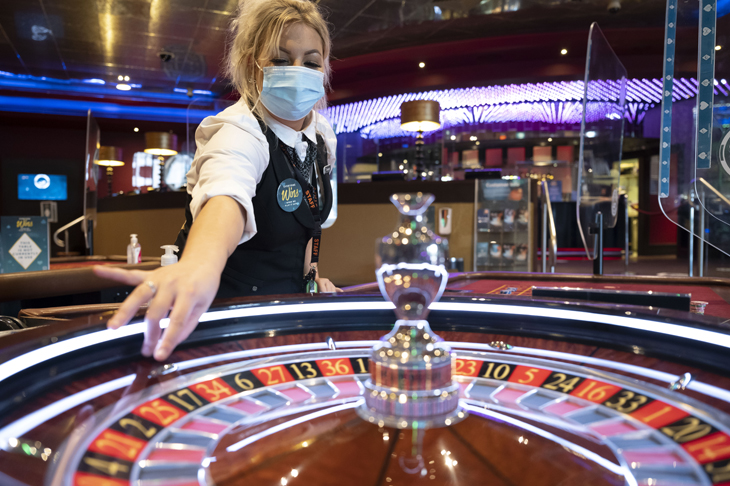
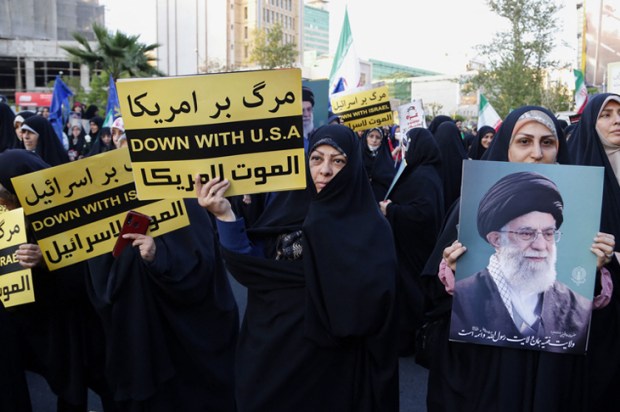
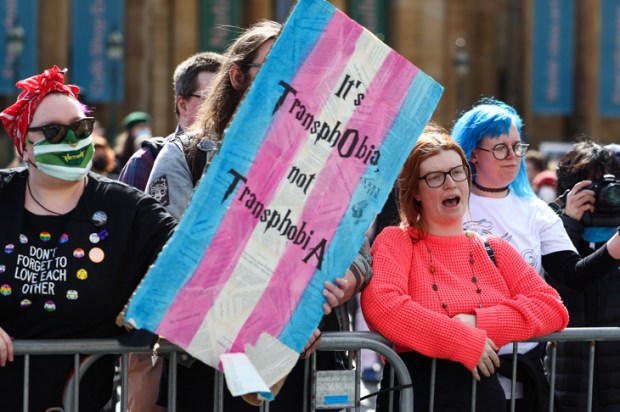
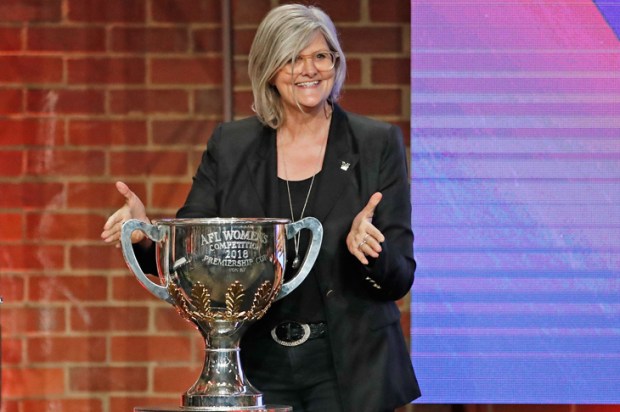

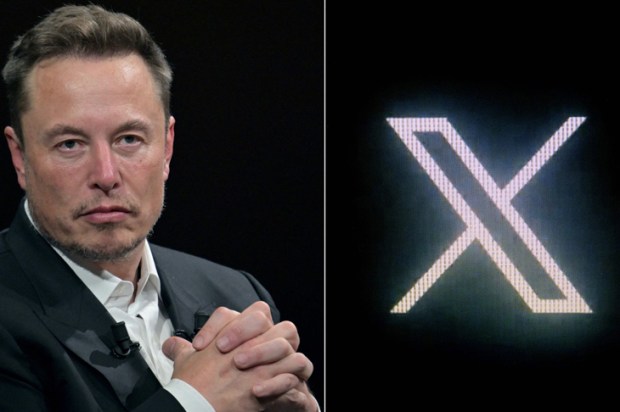
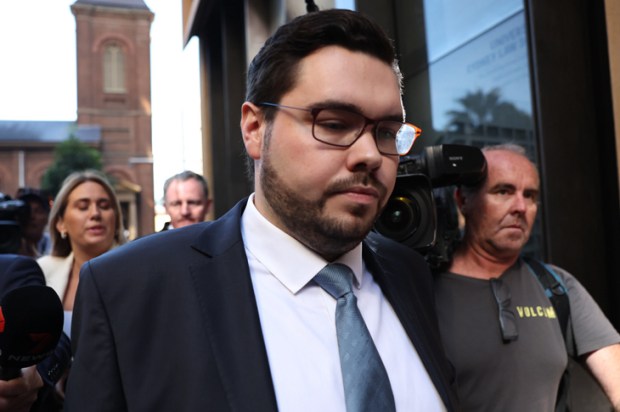






Comments
Don't miss out
Join the conversation with other Spectator Australia readers. Subscribe to leave a comment.
SUBSCRIBEAlready a subscriber? Log in